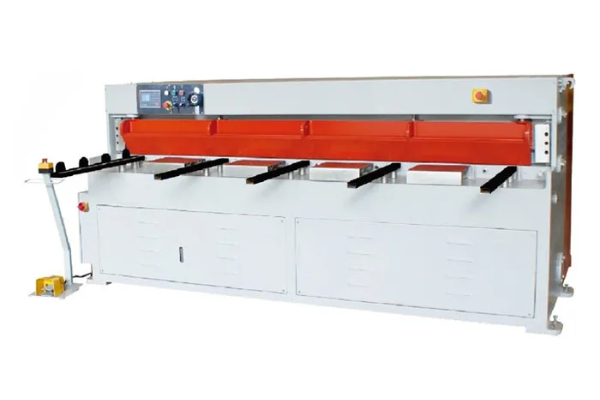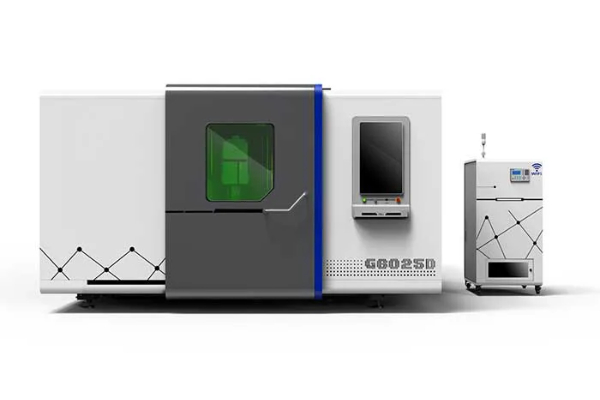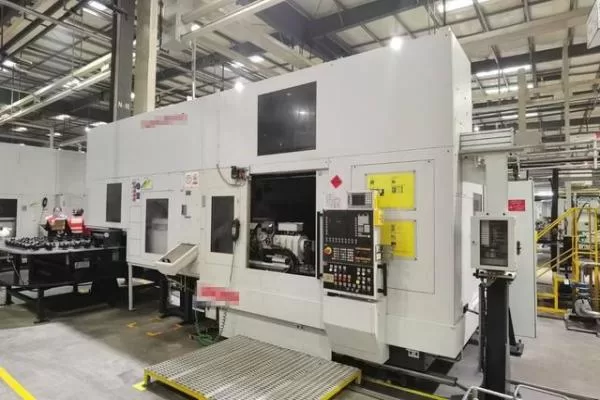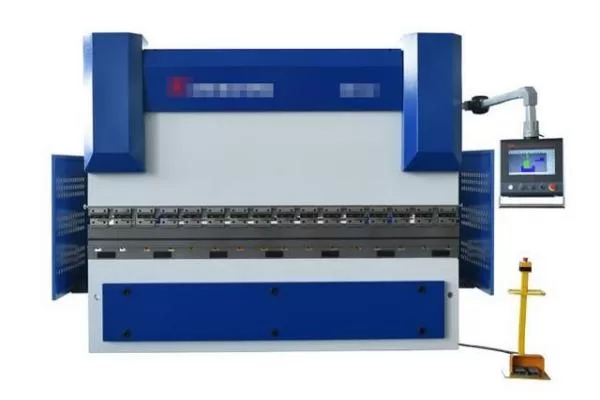
The Ultimate Guide to Metal Folding Machines
- By:Metmac
- 2024-08-05
- 238
Welcome to the comprehensive guide to metal folding machines, an indispensable tool for metal fabrication. Whether you’re a seasoned professional or just starting out, this guide will equip you with the knowledge you need to make informed decisions and optimize your metalworking operations.
Types of Metal Folding Machines
Metal folding machines come in various types, each designed for specific applications:
Mechanical Folding Machines: Utilizing a mechanical press to generate force, these machines are durable and precise.
Hydraulic Folding Machines: Featuring hydraulic cylinders, they provide consistent pressure and reduced noise levels.
CNC Folding Machines: Computer-controlled, they offer high accuracy, repeatability, and automation.
Manual Folding Machines: Hand-operated, they are portable and suitable for small-scale projects.
Features to Consider
When selecting a metal folding machine, consider the following features:
Capacity: Measured in material thickness and length, it determines the machine’s folding capabilities.
Beam Length: The length of the beam determines the maximum folding length.
Folding Angle: The angle at which the machine can fold metal, typically ranging from 90 to 135 degrees.
Throat Depth: The distance between the beam and the machine frame, affecting the size of the workpiece that can be folded.
Techniques and Applications
Metal folding machines are used in various industries, including:
Sheet Metal Fabrication: Creating ductwork, enclosures, and other sheet metal components.
Automotive Industry: Manufacturing car panels, brackets, and other structural parts.
Aerospace Sector: Building aircraft components and assemblies.
Construction: Fabricating roofing panels, gutters, and other building materials.
Safety Considerations
Operating a metal folding machine requires attention to safety:
Wear Appropriate PPE: Including safety glasses, gloves, and protective clothing.
Secure the Machine: Ensure the machine is properly anchored and grounded.
Clear the Work Area: Keep the surrounding area free of obstructions.
Inspect the Machine: Regularly check for any wear or damage to the components.
Conclusion
The Ultimate Guide to Metal Folding Machines provides a comprehensive overview of the types, features, techniques, and safety considerations involved in metal folding operations. By understanding these aspects, you can make informed decisions and leverage the power of metal folding machines to enhance your productivity and create high-quality metal components.
-
Advanced Sheet Metal Rolling, Cutting, and Folding Machines for Efficient Fabrication
2025/10/22 -
High-Precision Sheet Metal Bending and Cutting Solutions for Modern Manufacturing
2025/10/22 -
High-Precision Solutions from Leading Sheet Metal Cutting Machine Manufacturers
2025/09/11 -
Reliable Sheet Metal Equipment for Sale to Support Precision Fabrication
2025/07/17
-
High-Performance Sheet Metal Equipment for Sale: Forming and Shearing Solutions for Modern Fabrication
2025/10/22 -
Precision and Performance: Advanced Sheet Metal Processing Solutions
2025/10/17 -
Advanced Sheet Metal Press, Shearing, and Forming Machines
2025/10/17 -
High-Performance Sheet Metal Laser Cutting Machines for Sale — Precision and Efficiency Combined
2025/10/17
-
Integrating Automation with Rectangular Duct Machines for Enhanced Productivity
2024/05/11 -
Metal Shear Machines- Essential Tools for Precision Metal Cutting
2024/05/11 -
Understanding the Role and Function of Steel Strip Slitting Machines
2024/05/11 -
Maintenance Tips for Longevity of HVAC Duct Machines
2024/05/11
-
A Guide to the Latest Innovations in Sheet Metal Folding Machines
2024/11/29 -
Key Features to Consider When Investing in a Sheet Metal Folding Machine
2024/11/28 -
Enhancing Precision with Advanced Sheet Metal Folding Machines
2024/11/27 -
How to Choose the Right Sheet Metal Folding Machine for Your Workshop
2024/11/26







